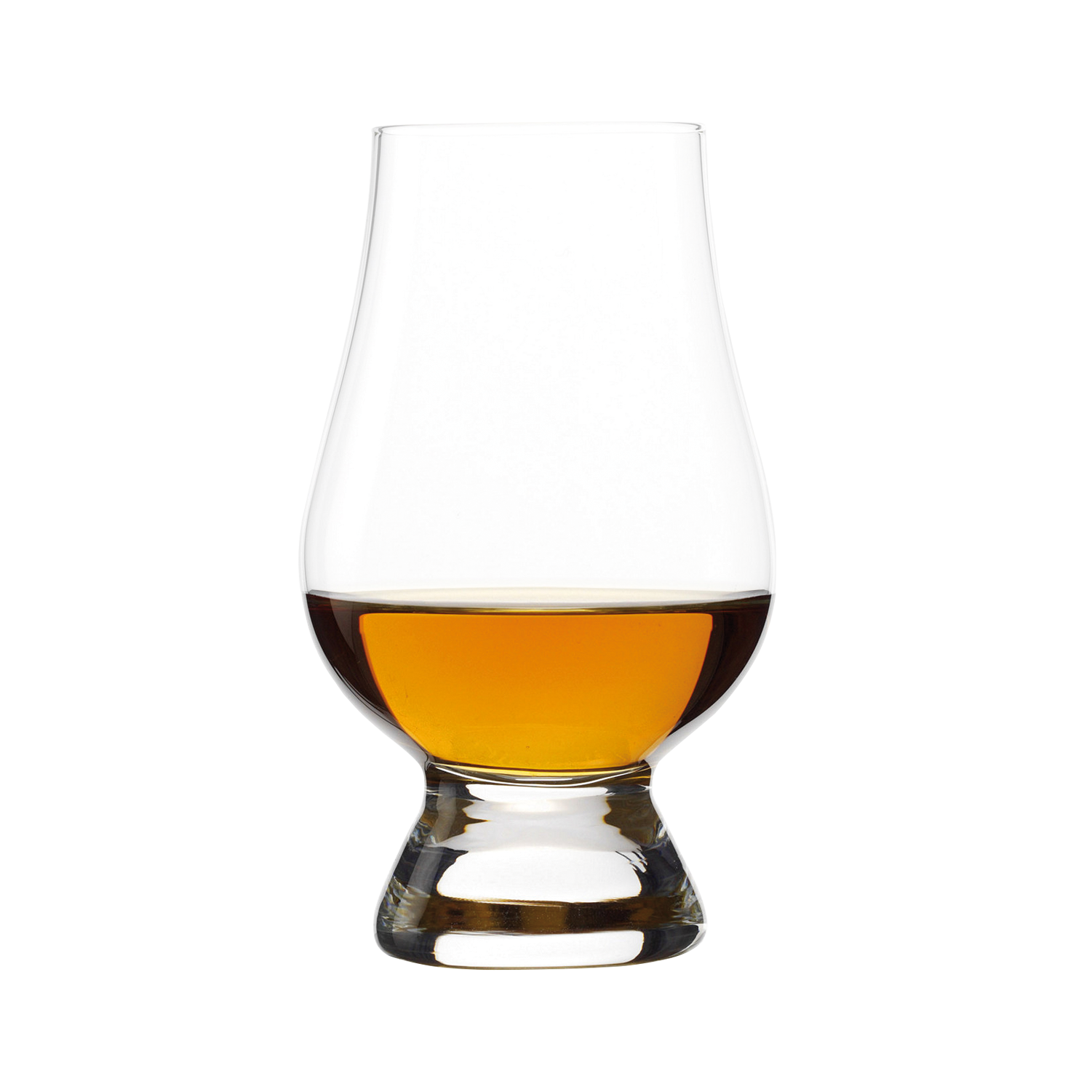Not open to the public
Ardmore Distillery

Ardmore distillery (pronunciation ” Ard-More” ) is a single malt Scotch whisky distillery, located in the village of Kennethmont, Aberdeenshire. The distillery is owned and operated by Beam Suntory, an American subsidiary of Suntory Holdings of Osaka, Japan. The distillery was built in 1898 by William Teacher’s son, Adam, to secure fillings for their blend, Teacher’s Highland Cream (of which it remains the principal component). Two stills were added in 1955, and four more in 1974, for a total of eight. The distillery had its own maltings until the mid-1970s, and its own cooperage until the late 1980s. Until early 2001 it used coal to fire the stills.
Ardmore Traditional Cask was the distillery’s single malt. It was bottled at 46% ABV, in bottles embossed with an image of a golden eagle. Unlike many single malts, barrier filtering, rather than chill filtering was used. Ardmore Traditional Cask was superseded by Ardmore Legacy in 2014, with ABV reduced to 40% and chill filtration used. This was a slightly controversial move, as many whisky enthusiasts prefer barrier-only filtration and the higher ABV, both of which help to preserve more of the malt’s character and flavour. Ardmore Traditional Cask was re-launched in early 2015 as Ardmore Tradition at 46% ABV, and is now barrier filtered again. Also released since 2015 are Triple Wood and Port Wood expressions, both bottled at 46% ABV and barrier filtered only

-
Owner
Beam Suntory
-
Status
Operational
-
Country
Scotland
-
Region
Highland
-
Production type:
Single Malt
Blends: Teacher's Blended Scotch -
Founded
1898
-
Production yearly
5.400.000 Liters
History
It was in 1898 that Adam Teacher, son of Glasgow blender William Teacher, decided that the family firm needed its own malt whisky distillery. The site he chose, on the outskirts of the village of Kennethmont in rural Aberdeenshire, was on land owned by family friend Col. Leith-Hay [whose seat Leith Hall is open to the public]. It had water, there was a source of peat nearby, and the immediate surroundings grew barley. As significantly, given the vision Teacher had for the site, the railway between Inverness and Aberdeen ran alongside. By putting in a small branch line he could get casks and cow in, and whisky out.
Ardmore has remained in the Teacher’s stable ever since, providing smoke and also top notes to a blend which still sells over a million cases globally (its main markets today are India and Brazil). The original pair of stills were doubled in 1955 and then doubled again in 1974. Two years later, it became part of the Allied Distillers stable – the same year as the distillery’s Saladin maltings stopped. Its stills remained coal-fed until 2001.
When Allied was dismembered in 2006, Teacher’s, Ardmore and Laphroaig went to Beam and in 2014 it became part of the new Beam Suntory portfolio.
Its importance for its blend has meant that Ardmore has never had a presence as single malt. A quarter cask-finished bottling appeared a couple of years after Laphroaig Quarter Cask, but remained a small-scale release.
It has however built up a small but dedicated following among single malt aficionados who seek out the independent bottlings which appear – those from Gordon & MacPhail and Signatory Vintage appear the most frequently.


Distillery Facts
- All
- Gallery Item

PPM:
New make phenol level:
3.5- 6 PPM
Ardmore- Medium peated (12-14 PPM)
Ardlair -Plain malt

Spirit Stills:
4 with 15.500 liters of low wine added to the spirit still. the spirit still has a onion shape.

Wash Still:
4 wash still with a capacity of 15.000 liters. The wash still has a onion shape.
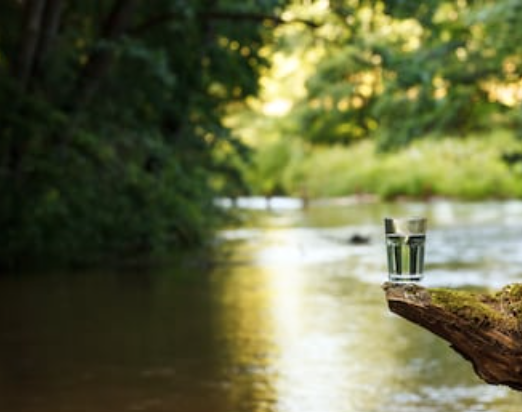
Water Source:
Knockandy Hill springs
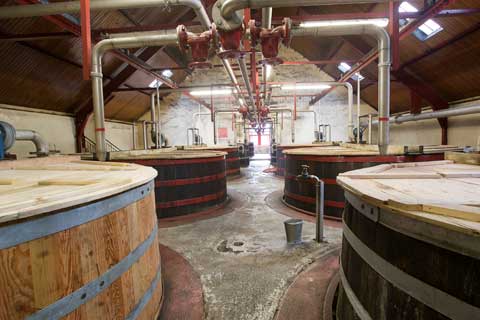
Washbacks:
14 washbacks with a capacity of:
4 washbacks with 60.000 liters
10 washbacks with 30.000 liters
The wash back type used is wood.
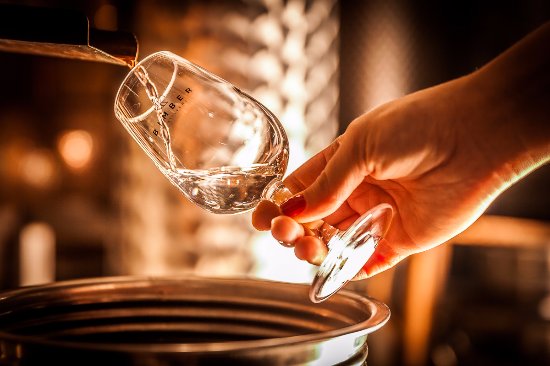
New Make Spirit:
67.5% ABV
Filling strength will be 63.5% abv
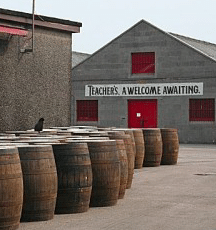
Warehouses:
6 dunnage warehouses.
3 racked warehouses.

Yeast type:
Cocktail of Mauri and Kerry pressed yeast

Malt supplier:
Bairds, Boort and Crisp

Taste profile
- Medium body
- Medium malty, nutty, smokey and sweetness notes
- Low in spices, winey, honey, fruit and floral notes
- Non Medicinal and tobacco notes.
Core range
At this point Ardmore’s core range is:
- Ardmore Legacy (NAS)
- Ardmore Tradition ( NAS – Travel Retail Exclusive)
- Ardmore Port Wood Finish – 12 year old
- Ardmore Triple Wood (NAS)
- Ardmore 25 year old
Archive bottles:
- Ardmore Traditional (Discontinued from mass market on 2014 and repackaged as travel retail)

Visitor center
CONTACT DETAILS
Kennethmont
Aberdeenshire
AB54 4NH
United Kingdom
-
tel: +44 1464 831213



